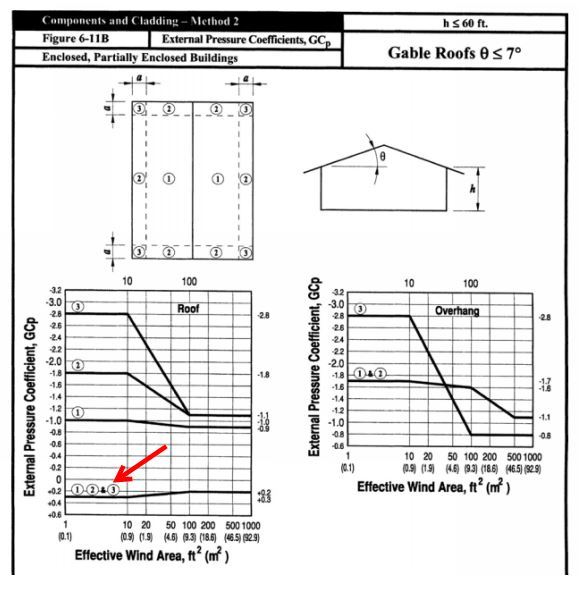Per strength level combos, there is a load combination (1.2D+1.6Lr+0.5W) where the wind load is always additive to your worst case gravity loading on your roof. This wind load per components and cladding (i.e. for a joist or purlin) is always going to have a value that is around 0.2*wind load and end up with a higher vertical loading that cannot be ignored.
Has anyone thought about this? How are you guys handling this load case in your gravity design?
Has anyone thought about this? How are you guys handling this load case in your gravity design?

